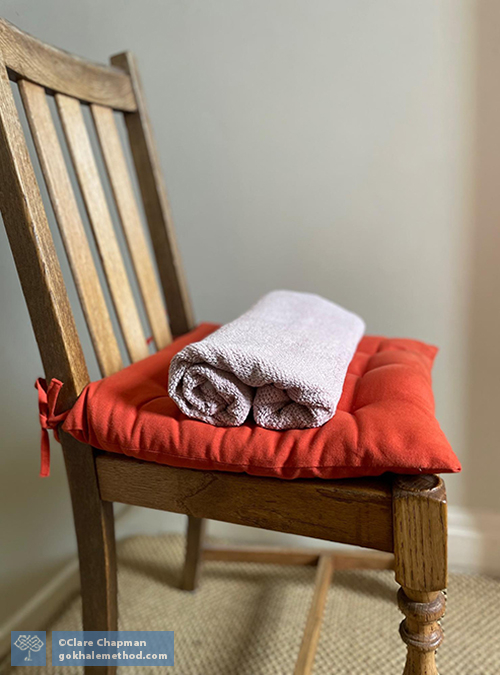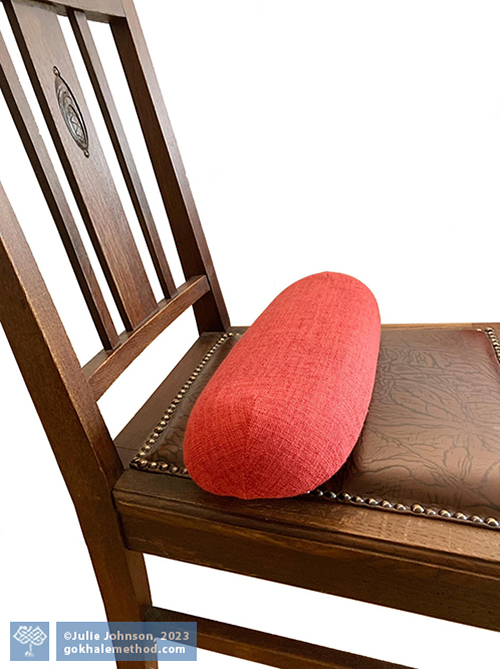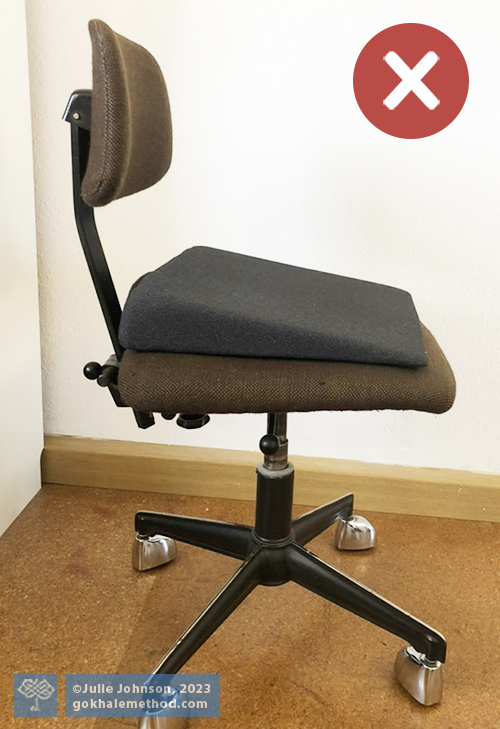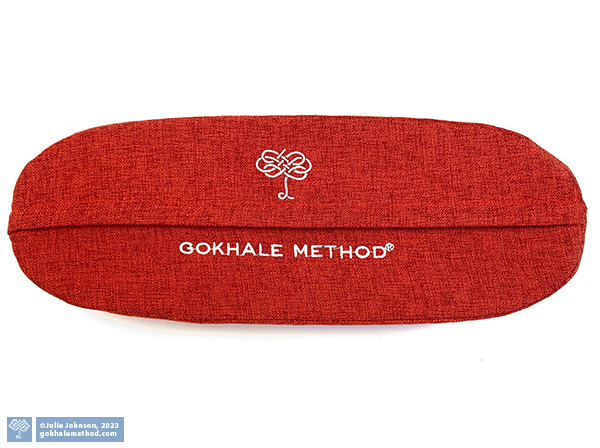The Gokhale™ Wedge for Relaxed, Upright Sitting
In this blog post I am excited to introduce a wedge for stacksitting to our students and readers. It’s possible to experience and take pleasure in sitting as you work at your desk, eat at your table, or play an instrument. If this is not the case for you, the Gokhale Wedge could make it so.

Upright sitting is necessary for many activities. The people shown above are sitting well with ease; most people in our culture no longer know how to do this.
How a suitable wedge can transform your sitting
Does your back get tired and tense from trying to sit upright? To sit upright without tension in your back muscles, and without slumping to let tired muscles rest, your pelvis needs to be anteverted (tipped forward). A lot of people assume that tipping the pelvis forward will result in a sway, but are pleasantly surprised to find that this isn’t the case. Using a wedge enables you to tip your pelvis forward and find the natural position for your sacrum which allows an angled L5-S1 disc space that is a better fit for the wedge-shaped L5-S1 disc. From this base your vertebrae can stack vertically, giving you a healthy J-spine. Now your back muscles can relax, and your nerves, discs, muscles, and circulation can function well.

The pelvis is the foundation for the upper body. With the pelvis well positioned, the upper body can be upright and relaxed (a). With the pelvis poorly positioned, the upper body is either relaxed but slumped (b), or upright but tense (c).

A well-designed wedge helps you to rediscover sitting comfort. It helps create healthy muscle memory for standing and walking too.
Designing posture-friendly products
In general, we have chosen to be somewhat slow to market with products. We set a high bar for effectiveness and quality of design and manufacture, and don’t want to add to the glut of products that end up in landfill.
But creating a wedge has been on my to do list for several years. One reason is that people often arrive at our courses having bought available wedges that don’t actually antevert the pelvis—and sometimes do the opposite in tucking the pelvis.
In the past I hired professional designers to address this problem, but was not satisfied with the outcome. So until now we taught students how to make their own wedges by folding towels and blankets. However, we recognized that this isn’t always easy to get right, and rolled fabric does not keep its shape when transferred from place to place.

A rolled towel or blanket can make a suitable wedge for stacksitting but it loses its shape easily if moved and takes frequent remodeling.
Determined to provide our students with a truly good wedge, we recently set about trialing a number of prototypes and getting extensive feedback from students and teachers. The result is a unique, simple design which finally ticks all the boxes.

The Gokhale Wedge took some time to get right.
What makes the Gokhale Wedge different
Most wedges are not informed by the J-spine philosophy that is at the core of the Gokhale Method®. Though commercial wedges are trying to respond to the discomfort that most people feel when sitting, and the observation that many seat pans slant backwards, they don’t go far enough in helping the pelvis antevert and supporting a J-spine.
The majority of wedges on the market have an even, shallow slope, and are made of soft foam. Soft foam allows the sitz-bones to sink into the wedge, further reducing the angle of a slope which is already insufficient to help tip the pelvis.

An example of a widely available, evenly-sloped shallow wedge.

Gokhale Method teacher Julie Johnson shows how a soft, shallow wedge allows users to sit in a tucked pelvic position—not what you want, and not how Julie likes to sit!
The design of the Gokhale Wedge
The Gokhale Wedge is made from a durable foam that offers both sturdy support and enough cushioning to be comfortable for longer periods. We tested materials such as buckwheat and discovered them to be too hard for most people’s comfort. Topping the buckwheat with foam still left a loose filling that needed remodeling with each use.
The Gokhale™Pain-Free Chair, which has a steep drop built into the front edge of the seat pan, encourages the pelvis to tip for stacksitting, and was one of the inspirations for our wedge.
Our wedge is able to accommodate all shapes and sizes and works well on a variety of surfaces. It also accommodates changes in your L5-S1 angle as you progress on your posture journey. One side is slightly steeper than the other, allowing you to choose which slope you prefer. Its cover is washable and durable, so it stays looking elegant.

Top view

Base view
The Gokhale Wedge is distinct from the triangular wedges on the market.
Backing up the Gokhale Wedge with education
No matter how well-designed, a posture product is best supported by training. This is true of all of our products, but perhaps especially so for our wedge because stacksitting is a big departure from most people’s sitting form. You can learn about stacksitting in our in-person Foundations course, one-day Pop-up course, our online Elements course, plus our Gokhale Exercise program. These offerings, along with our DVD Secrets to Pain-Free Sitting, all teach the skills that enable you to integrate your wedge optimally into daily life.
You can also integrate using the wedge with our wearable PostureTracker™, which has settings that can track the degree of your L5-S1 angle, and the stack of your spine. Consider the Gokhale Wedge a part of your toolkit as you improve your posture and musculoskeletal health.
Best next action steps for newcomers
If you would like insight on your posture, consider scheduling an Initial Consultation, online, or in person.
You can sign up below to join one of our upcoming FREE Online Workshops.

Comments
Esther… Absolutely love the
Esther… Absolutely love the wedge… Works great on regular chairs, especially good with my tilted meditation bench so I can sit seiza and work on my plantar flexion with a much better angle. Most especially, fabulous for stretch lying on the back. I have found the pillow of my dreams.
I will leave stretch lying on the side for later in but using the wedge along my sternum allows just enough traction perfect for sleeping on my stomach and working out the kinks in my cervical spine.
I have ordered two more as I can see how well they will work with my kyphosis and stenosis while lying on my stomach. Thank you for your multipurpose wedge. So happy it was better than I had imagined.
Option to buy a Gokhale
If you want to buy a Gokhale Wedge, use one of these two links:
Gokhale Online Shop
Amazon (Available on Amazon US and Germany)
Add New Comment
Login to add commment
Login